ROSSINI, Luigi (1790-1857). Raccolta di prospettive delle più belle Fabriche di Roma del Secolo MCCC. sino al Secolo MDCC. Rome: 1818. 2° (520 x 375mm). Calligraphic manuscript title within gilt double-rule border, 6pp. manuscript description of the plates, all on dark brown paper. 50 FINE HAND-COLOURED ETCHED PLATES BY ROSSINI, each plate cut to just within the plate mark, varnished and mounted in imitation of original drawings on dark brown paper, surrounded by a gilt double-rule border, and titled, numbered and signed Rossini fec. beneath. (Slight, not unpleasant, discolouration to varnish, title text and mounts darkened and brittle.) Unbound as issued within contemporary Italian calf covers, the sides inset with lilac paper panels embossed with a herring-bone pattern, bordered with embossed gilt paper, the outer calf strip elaborately tooled in gilt with fillets and various roll-tools, the flat spine gilt tooled (some light rubbing to spine), all contained within a modern black calf drop-back box modelled as a book, titled in gilt on spine. Provenance : SIR THOMAS LAWRENCE (1769-1830, manuscript note on first text leaf "from Mr Tho Lawrence's Collection"). An important and rare suite of Rome views by Rossini, with a distinguished provenance, The plates are early impressions, varying in size from 140 x 170mm to 390 x 353mm, and fully hand-coloured in imitation of the original watercolours (two with sepia wash only). This issue, with coloured plates, was probably specially made up for his most important clients. Certainly copies with a later engraved title date are known (see these rooms, Kissner collection, October 1990 lot 396 for a copy with an engraved title dated 1822). The plates were then re-worked by Rossini, who added shading to the outline etchings, four (or five) new subjects were produced, and the work was reissued, uncoloured, as I Monumenti piu interessanti di Roma dal decino secolo sino al secolo decimottavo . Rossini, architect, artist and engraver, was a pupil of Canova and was influenced by Piranesi. 'The mantle of Piranesi fell on Luigi Rossini who engraved many large plates of the ancient architecture of Rome (mostly between 1817 and 1824)... His plates have strength, especially in dealing with masses of dark masonry', see Hind. A history of engraving & etching , p.232 Sir Thomas Lawrence who had been knighted by the Prince Regent in April 1815, was at the height of his career when he arrived in Rome in May 1819. He had just finished executing a series of portraits for the Prince of many of the participants in the congress at Aix-la-Chapelle and a number of portraits at the court in Vienna. On arrival in Rome, appartments 'in the Quirinal were allotted him, with servants, a table, and a carriage. Here he painted two of his finest portraits, Pope Pius VII and Cardinal Gonsalvi, and repainted his portrait of Canova, which he presented to the pope. Great admiration was excited in Rome at these and other works, and he was looked upon as another Raphael' (DNB). As an associate pupil of Canova, Rossini would undoubtedly have had an entrée to the circle of fellow artists that Lawrence encountered in Rome, and at this time presented (or sold) the present set to the illustrious visitor. Lawrence left Rome for England in late summer 1819. Cf. Thieme-Becker vol. 29, pp. 75-76.
ROSSINI, Luigi (1790-1857). Raccolta di prospettive delle più belle Fabriche di Roma del Secolo MCCC. sino al Secolo MDCC. Rome: 1818. 2° (520 x 375mm). Calligraphic manuscript title within gilt double-rule border, 6pp. manuscript description of the plates, all on dark brown paper. 50 FINE HAND-COLOURED ETCHED PLATES BY ROSSINI, each plate cut to just within the plate mark, varnished and mounted in imitation of original drawings on dark brown paper, surrounded by a gilt double-rule border, and titled, numbered and signed Rossini fec. beneath. (Slight, not unpleasant, discolouration to varnish, title text and mounts darkened and brittle.) Unbound as issued within contemporary Italian calf covers, the sides inset with lilac paper panels embossed with a herring-bone pattern, bordered with embossed gilt paper, the outer calf strip elaborately tooled in gilt with fillets and various roll-tools, the flat spine gilt tooled (some light rubbing to spine), all contained within a modern black calf drop-back box modelled as a book, titled in gilt on spine. Provenance : SIR THOMAS LAWRENCE (1769-1830, manuscript note on first text leaf "from Mr Tho Lawrence's Collection"). An important and rare suite of Rome views by Rossini, with a distinguished provenance, The plates are early impressions, varying in size from 140 x 170mm to 390 x 353mm, and fully hand-coloured in imitation of the original watercolours (two with sepia wash only). This issue, with coloured plates, was probably specially made up for his most important clients. Certainly copies with a later engraved title date are known (see these rooms, Kissner collection, October 1990 lot 396 for a copy with an engraved title dated 1822). The plates were then re-worked by Rossini, who added shading to the outline etchings, four (or five) new subjects were produced, and the work was reissued, uncoloured, as I Monumenti piu interessanti di Roma dal decino secolo sino al secolo decimottavo . Rossini, architect, artist and engraver, was a pupil of Canova and was influenced by Piranesi. 'The mantle of Piranesi fell on Luigi Rossini who engraved many large plates of the ancient architecture of Rome (mostly between 1817 and 1824)... His plates have strength, especially in dealing with masses of dark masonry', see Hind. A history of engraving & etching , p.232 Sir Thomas Lawrence who had been knighted by the Prince Regent in April 1815, was at the height of his career when he arrived in Rome in May 1819. He had just finished executing a series of portraits for the Prince of many of the participants in the congress at Aix-la-Chapelle and a number of portraits at the court in Vienna. On arrival in Rome, appartments 'in the Quirinal were allotted him, with servants, a table, and a carriage. Here he painted two of his finest portraits, Pope Pius VII and Cardinal Gonsalvi, and repainted his portrait of Canova, which he presented to the pope. Great admiration was excited in Rome at these and other works, and he was looked upon as another Raphael' (DNB). As an associate pupil of Canova, Rossini would undoubtedly have had an entrée to the circle of fellow artists that Lawrence encountered in Rome, and at this time presented (or sold) the present set to the illustrious visitor. Lawrence left Rome for England in late summer 1819. Cf. Thieme-Becker vol. 29, pp. 75-76.
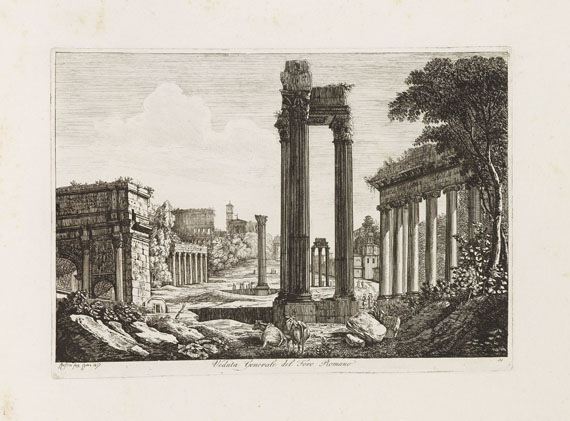
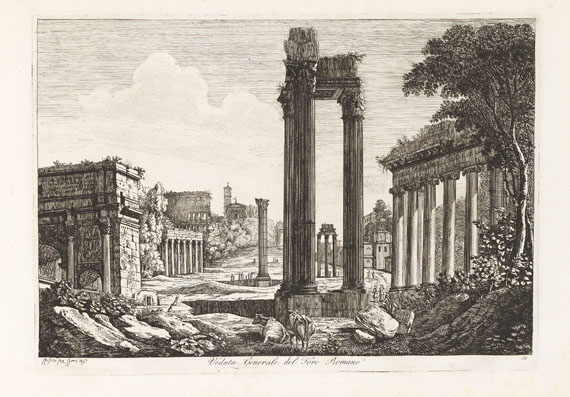







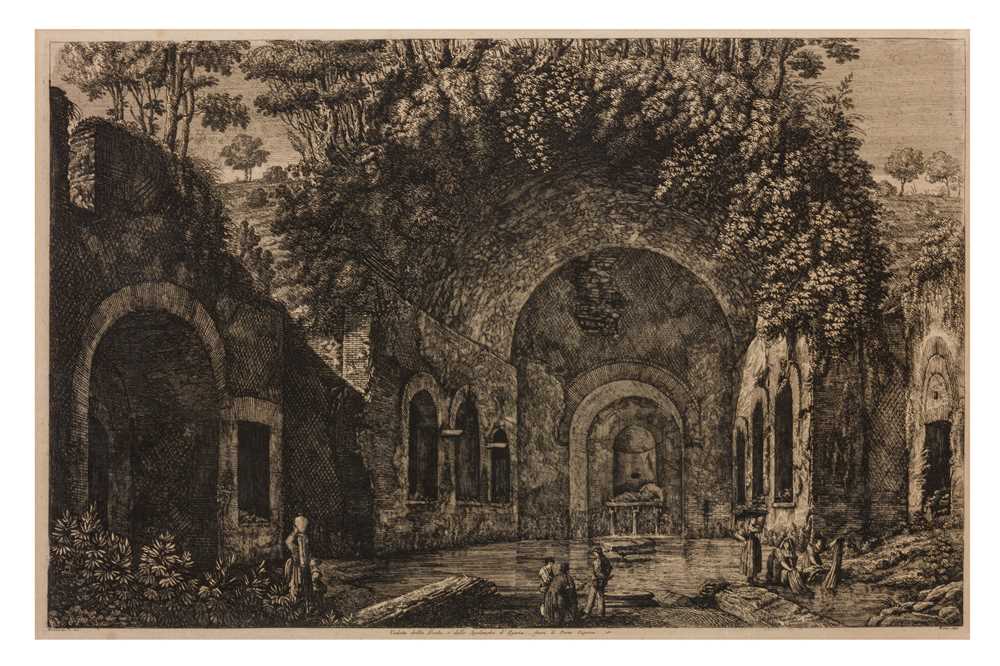

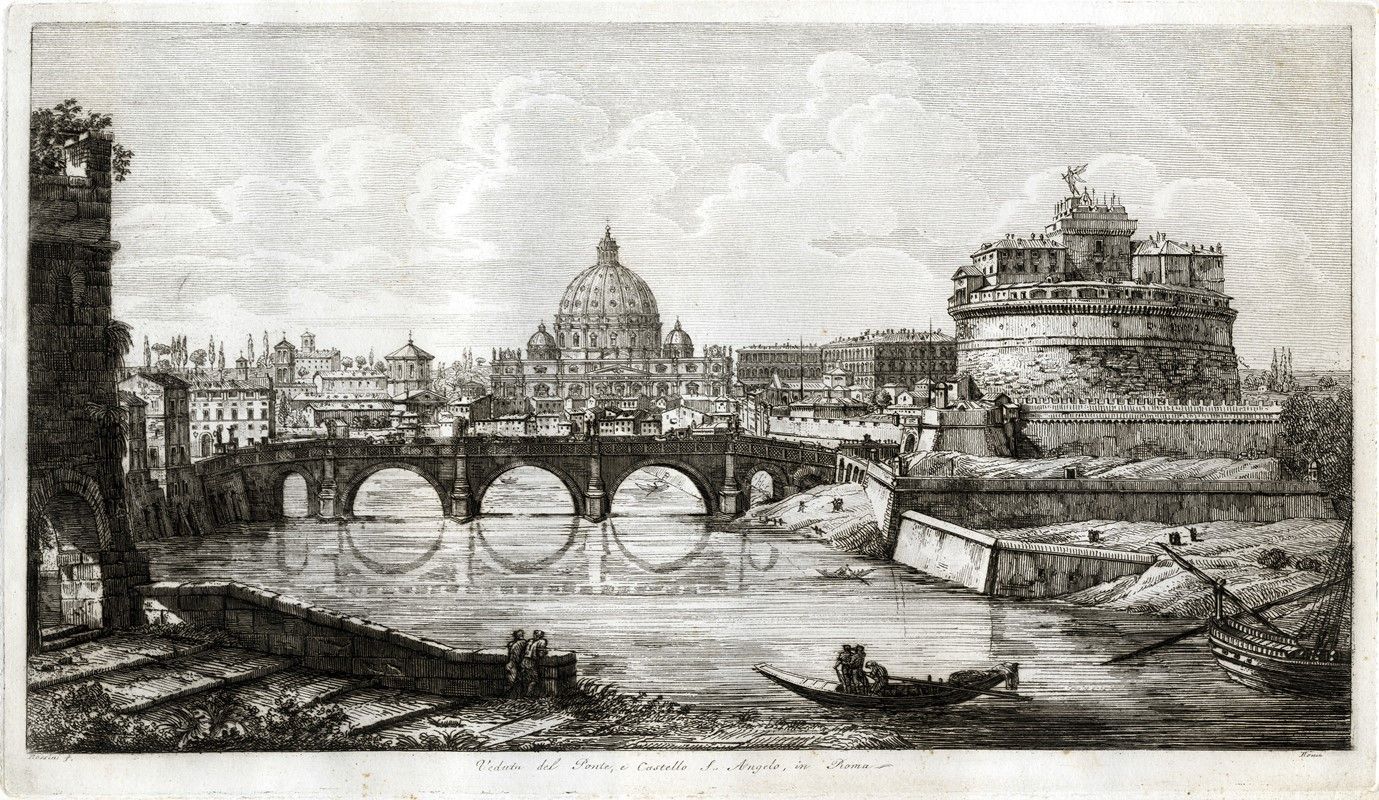

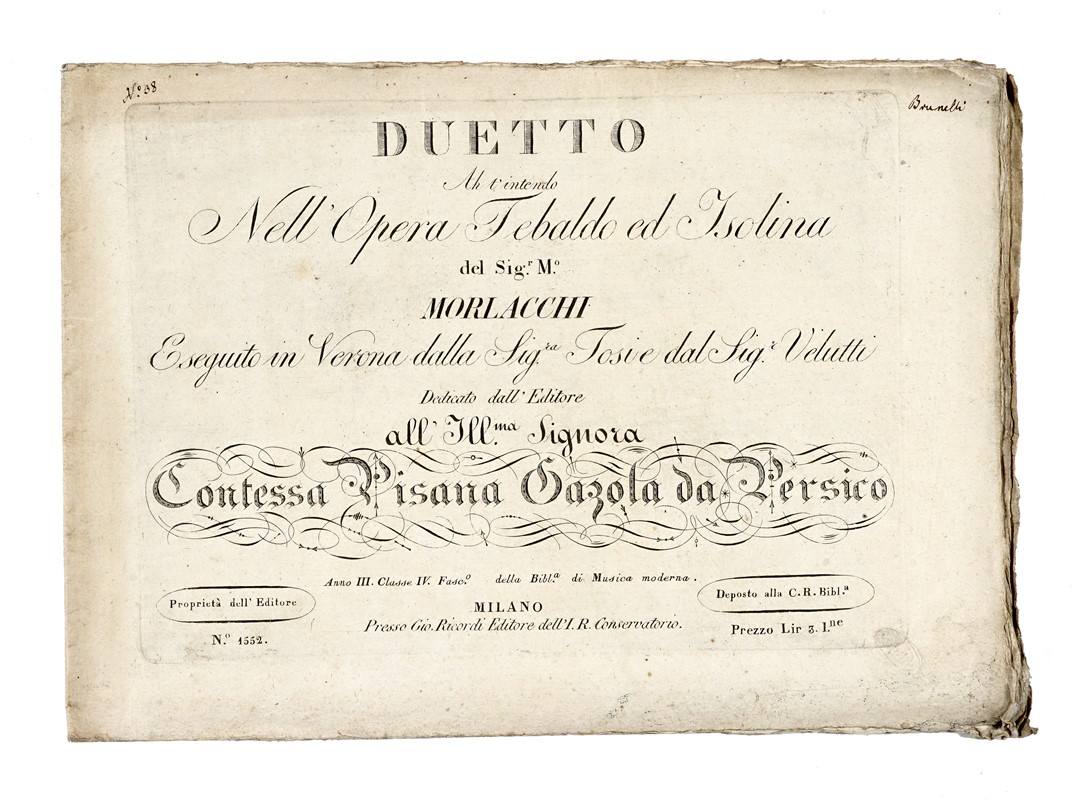
Try LotSearch and its premium features for 7 days - without any costs!
Be notified automatically about new items in upcoming auctions.
Create an alert